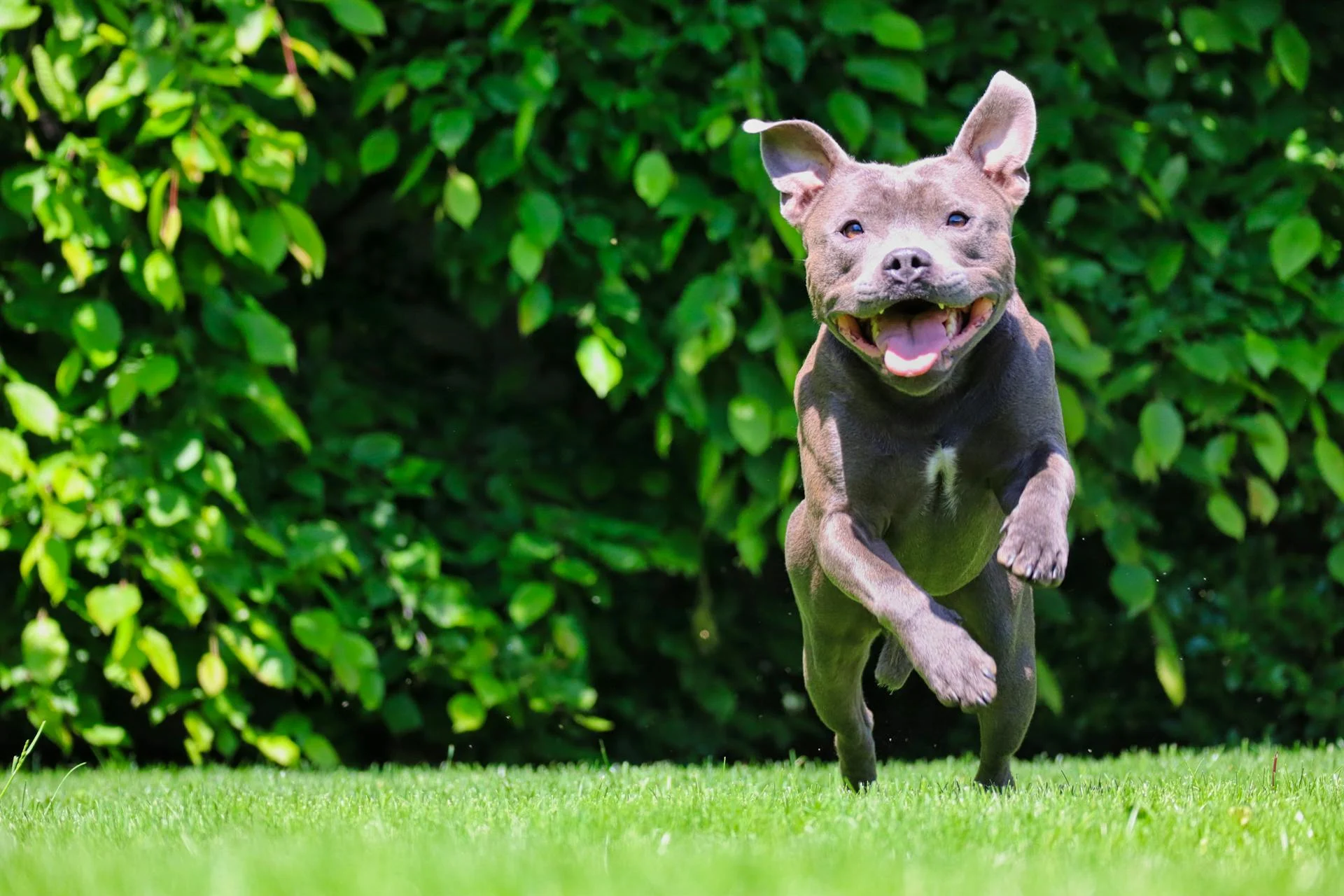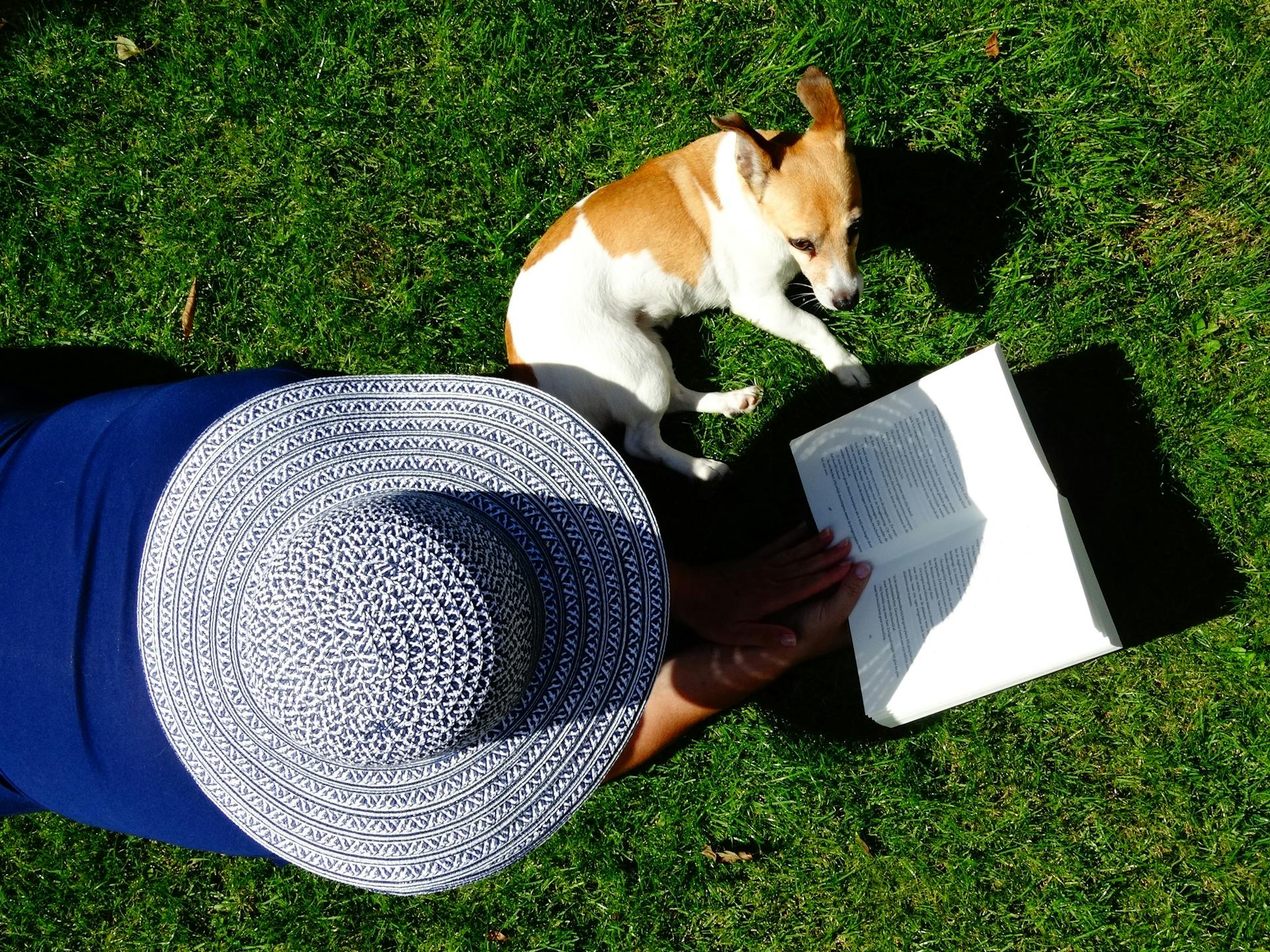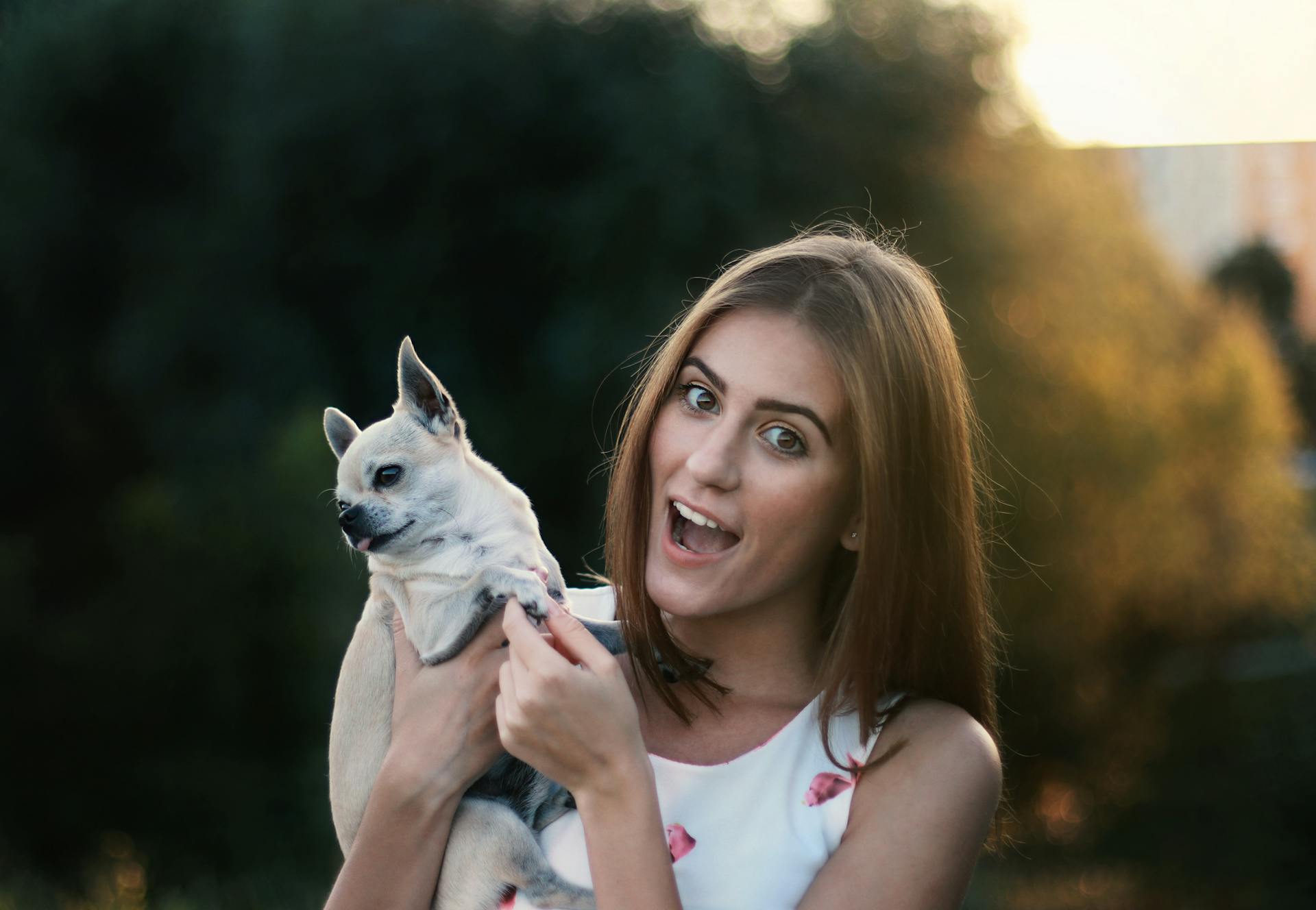
The Bull Terrier, a breed that's been around for over a century, has a rich history that's worth exploring. In the late 19th century, the breed was developed by crossing the Old English Bulldog with the Old English Terrier.
Their unique appearance was a result of this crossbreeding, with a compact, muscular body and a distinctive egg-shaped head. The breed's short, smooth coat was also a defining feature.
Originally bred for bloodsports like bull-baiting and rat-catching, the Bull Terrier was known for its fearless and tenacious nature. This characteristic made them a popular choice for working-class families.
Breed History
The Bull Terrier breed has a fascinating history that dates back to the 19th century in England. They originated from a cross between the Old English Bulldog and Old English Terriers, with possible other terriers mixed in.
These dogs were initially bred for fighting and vermin control, combining the tenacity of the Bulldog with the speed and agility of the Terrier breed. Dogfighting was outlawed in the U.K. around the 1860s, and the breed shifted towards being a companion dog.
Take a look at this: Dogs Breeds That Start with B
James Hinks started breeding Bull and Terriers with English White Terriers in the mid-19th century, looking for a cleaner appearance with better legs and a nicer head. This led to the development of the first modern Bull Terrier, "Lord Gladiator", in 1917.
The breed was initially all-white, but due to medical problems associated with this, breeders began introducing color in the early 20th century. Colored Bull Terriers were recognized as a separate variety by the AKC in 1936.
By the 1880s, the breed had made its way to the United States, where it was recognized by the American Kennel Club in 1885. They became a popular breed, with President Teddy Roosevelt and General George S. Patton owning one at some point.
Physical Characteristics
The Bull Terrier's physical characteristics are quite unique. Their head is often described as 'egg-shaped' when viewed from the front.
The Bull Terrier's head is almost flat on top, with a gentle curve downwards from the skull to the nose. The nose is black and bent downwards at the tip.
Additional reading: Bull Terrier Head Shape
Their eyes are small, dark, and deep-set, making them one of the only dogs with triangular eyes. The lower jaw is deep and strong.
The body of a Bull Terrier is full and round, with strong, muscular shoulders. They have a distinctive way of carrying their tail, which is always carried horizontally.
Bull Terriers come in a variety of colors, including white, red, fawn, black, brindle, or a combination of these.
Broaden your view: How Strong Is a Tibetan Mastiff
The Bull Terrier
The Bull Terrier originated in 19th century England as a breed that combined the attitude and drive of the Bulldog with the speed and quickness of the Terrier breed.
The Bull Terrier's ancestors include the Old English Bulldog and Old English Terriers, with possible genetic connections to Dalmatians, Foxhounds, Greyhounds, and Spanish Pointers.
In the 1860s, the Bull Terrier's descendants were developed, and by the 1880s, the breed had made its way to the United States, where it was recognized by the American Kennel Club in 1885.
President Teddy Roosevelt and General George S. Patton were both known to own Bull Terriers, showcasing the breed's popularity among influential figures.
The Bull Terrier was initially bred for fighting and vermin control but was later developed into the lovable companion dog we know today, with nicknames like the Gentleman's Companion and Class Clown.
The breed has undergone changes over the years, with breeders mixing in Staffordshire Bull Terriers to create the modern Bull Terrier.
A smaller version of the breed, the Miniature Bull Terrier, is considered a separate breed but shares many similarities with its larger counterpart.
The Bull Terrier's genetic connection to Bulldogs has led some to include the breed in the group of canines known as Pitbulls.
Colors and Variations
In the early days of the Bull Terrier breed, there was a strong desire for all-white dogs, but this pursuit led to health concerns. Dedicated breeders like Ted Lyon brought in color variations using Staffordshire Bull Terriers to tackle these issues.
The American Kennel Club recognized colored Bull Terriers as a distinct variety in 1936. Brindle emerged as a favorite color among breeders.
Bull Terriers can now be found in a range of colors, thanks to the efforts of breeders who introduced new varieties.
Frequently Asked Questions
Why do dogs look different than they did 100 years ago?
Dogs have undergone significant changes over the past 100 years due to selective breeding for desirable traits, resulting in distinct physical differences between modern and historical breeds
How have dog breeds changed over 100 years?
Dog breeds have undergone significant changes over the past 100 years due to selective breeding for desirable traits, resulting in altered physical characteristics such as leg length and body build. This transformation is evident when comparing vintage and modern breed photos.
What two dogs make a Bull Terrier?
A Bull Terrier is the result of crossing an old English terrier with a bulldog. This initial cross was later refined with other breeds, including the Spanish Pointer.
Featured Images: pexels.com


